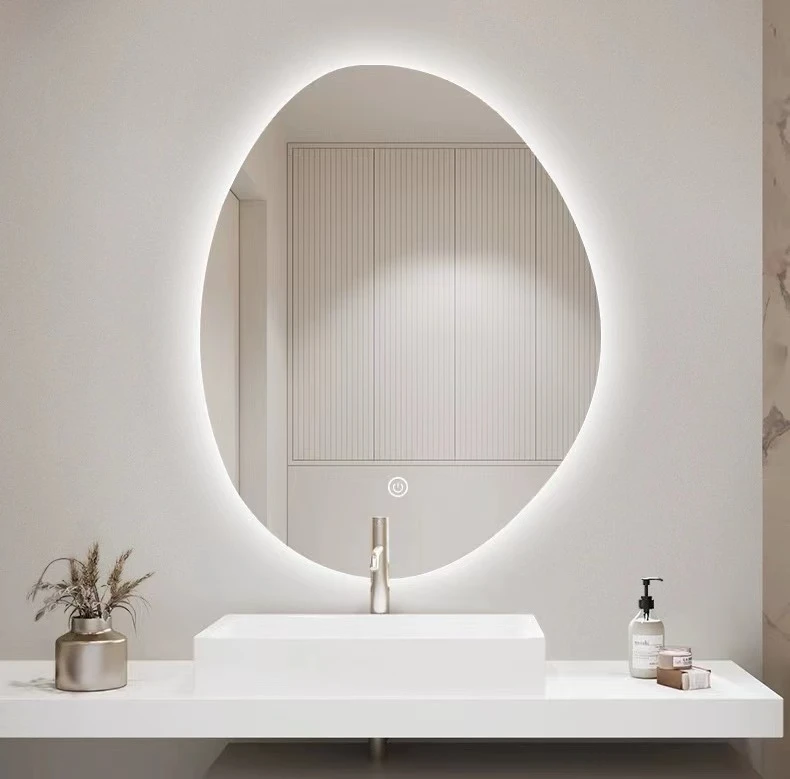

Understanding Low-E 366 Argon Glass An In-Depth Look
In recent years, the pursuit of energy efficiency in building materials has gained significant traction, leading to innovations such as Low-E (Low Emissivity) glass. Among various types of low-emissivity glass, Low-E 366 Argon glass stands out as a highly effective option for modern construction, particularly in residential and commercial buildings. This article delves into the characteristics, benefits, and applications of Low-E 366 Argon glass, shedding light on why it has become a preferred choice for architects and builders.
What is Low-E 366 Argon Glass?
Low-E 366 Argon glass is a type of insulated glass that features a low-emissivity coating, designed to minimize the amount of infrared and ultraviolet light that can pass through it, while still allowing ample visible light to enter. The “366” designation refers to the specific properties of the coating, which reflects a significant percentage of solar heat while permitting an abundance of natural light—a key factor in maintaining comfortable indoor environments.
The addition of argon gas between the glass panes further enhances its energy efficiency. Argon is a colorless, non-toxic inert gas that is denser than air, providing better insulation compared to standard air. When combined with Low-E coatings, argon gas significantly reduces heat transfer, promoting both energy conservation and improved indoor comfort.
Benefits of Low-E 366 Argon Glass
1. Energy Efficiency One of the primary advantages of Low-E 366 Argon glass is its ability to reduce energy consumption. By reflecting radiant heat away from the building during the summer and retaining warmth during the winter, this glass helps to maintain a consistent indoor temperature, reducing reliance on heating and cooling systems.
2. UV Protection Low-E coatings significantly decrease the amount of ultraviolet (UV) radiation that enters a building. This is particularly beneficial in preserving furniture, artworks, and flooring from fading and degradation over time, thereby extending their lifespan.
3. Enhanced Comfort With its excellent thermal insulation properties, Low-E 366 Argon glass minimizes hot or cold spots near windows, leading to a more comfortable living or working environment.

4. Noise Reduction The combination of the glass panes and argon gas adds an extra layer of soundproofing, making it ideal for homes and offices situated in noisy urban areas.
5. Environmental Impact By reducing energy needs, Low-E 366 Argon glass contributes to lower carbon emissions and a smaller ecological footprint, aligning with sustainability goals that many modern developments aim to achieve.
Applications of Low-E 366 Argon Glass
Low-E 366 Argon glass is versatile and can be used in various applications, including
- Residential Windows Homeowners looking to enhance their energy efficiency and comfort levels are increasingly opting for Low-E 366 Argon glass windows.
- Commercial Buildings Many offices and retail spaces incorporate this type of glass to create energy-efficient environments while maintaining aesthetic appeal.
- Skylights and Curtain Walls The ability to allow natural light while controlling heat gain makes Low-E 366 Argon glass an excellent choice for skylights and large glass facades.
Conclusion
As the demand for energy-efficient building materials continues to rise, Low-E 366 Argon glass exemplifies the forward-thinking solutions that meet modern needs. Its combination of energy efficiency, UV protection, and comfort-enhancing qualities makes it a superior choice for a wide array of applications in residential and commercial settings. As architects and builders prioritize sustainable practices, Low-E 366 Argon glass will likely remain at the forefront of environmentally conscious design.